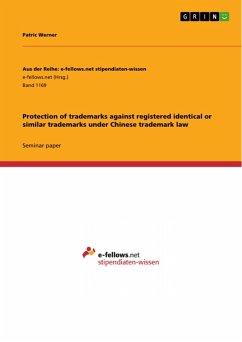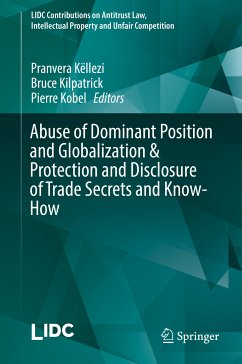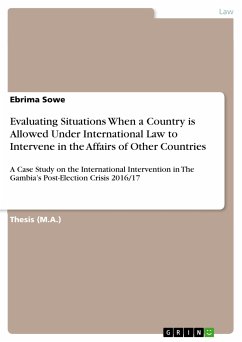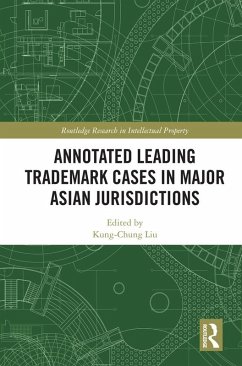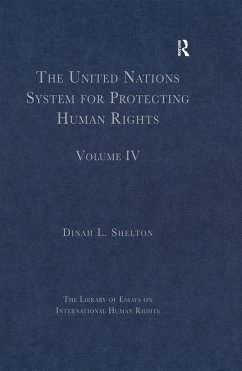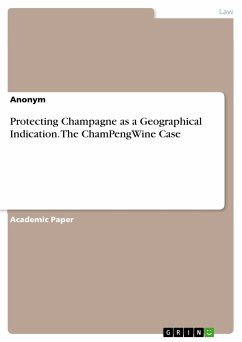
Protecting Champagne as a Geographical Indication. The ChamPengWine Case (eBook, PDF)
Sofort per Download lieferbar
Statt: 11,95 €**
6,99 €
inkl. MwSt. und vom Verlag festgesetzt.
**Preis der gedruckten Ausgabe (Broschiertes Buch)
Alle Infos zum eBook verschenkenWeitere Ausgaben:

PAYBACK Punkte
0 °P sammeln!
Academic Paper from the year 2024 in the subject Law - European and International Law, Intellectual Properties, grade: 28/30, Bocconi University, course: European and International Advanced IP Law, language: English, abstract: This paper aims to explore the interplay between trademark law and the often-elusive concept of bad faith against the backdrop of protecting the Champagne Geographical Indication by examining the case of CIVC and INAO v. Keep Waddling International Pte. Ltd. [2020] SGIPOS 10 and its implications within trademark and GI jurisprudence. The unique reputation of champagne is...
Academic Paper from the year 2024 in the subject Law - European and International Law, Intellectual Properties, grade: 28/30, Bocconi University, course: European and International Advanced IP Law, language: English, abstract: This paper aims to explore the interplay between trademark law and the often-elusive concept of bad faith against the backdrop of protecting the Champagne Geographical Indication by examining the case of CIVC and INAO v. Keep Waddling International Pte. Ltd. [2020] SGIPOS 10 and its implications within trademark and GI jurisprudence. The unique reputation of champagne is guaranteed by the protection afforded by the Champagne GI, a type of intellectual property right primarily cited in the Agreement on Trade-Related Aspects of Intellectual Property Rights (TRIPS), ensuring that the label champagne can only be used for sparkling wines produced from certain grape varieties grown in the eponymous region in France. Protecting the appellation of origin reassures the consumer product authenticity and the strict restraints on the words use by the CIVC and INAO is motivated by the anticipation of the term and therefore the product of champagne becoming arbitrary and universal with unlimited use. The degree of similarity of terms and the therefore resulting likelihood of confusion for the consumer plays an essential role in deciding whether signs for products manufactured outside the Champagne region can be granted legal protection or not. In the case considered, the inclusion of "ChamPeng" in the Applicant's trademark led to the refusal of its protection, not because the trademark would not meet the necessary registration requirements, but because its similarity to the champagne term gave inference for bad faith. Since the case's dispute does not arise from a false claim or deceptive information, it particularly diverges from traditionally established bad faith categories. Therefore, the following question arises: How does the case contribute to the conduct of protection of GIs in trademark law? The examination of the aforementioned issue will involve a comprehensive review of the case under consideration. Initially, the legal foundations and the Applicant's claims that prompted the legal proceedings will be outlined to establish the legal basis of the case. Subsequently, attention will be directed towards presenting the counterpart's position, providing insights into the potential resolution of the dispute afterwards. Finally, the Court's ultimate decision will be scrutinized to discern its potential impact on enhancing the broader legal framework and in its challenging of conventional boundaries within trademark jurisprudence.
Dieser Download kann aus rechtlichen Gründen nur mit Rechnungsadresse in A, B, BG, CY, CZ, D, DK, EW, E, FIN, F, GR, HR, H, IRL, I, LT, L, LR, M, NL, PL, P, R, S, SLO, SK ausgeliefert werden.




